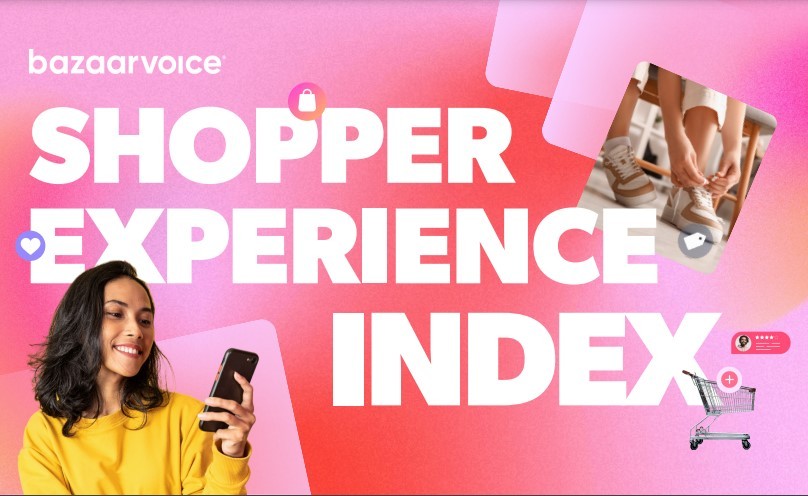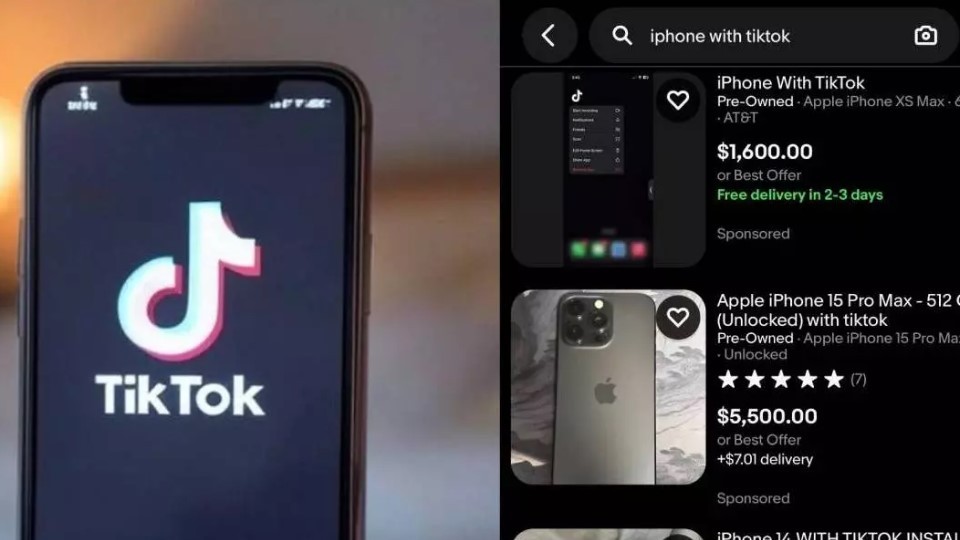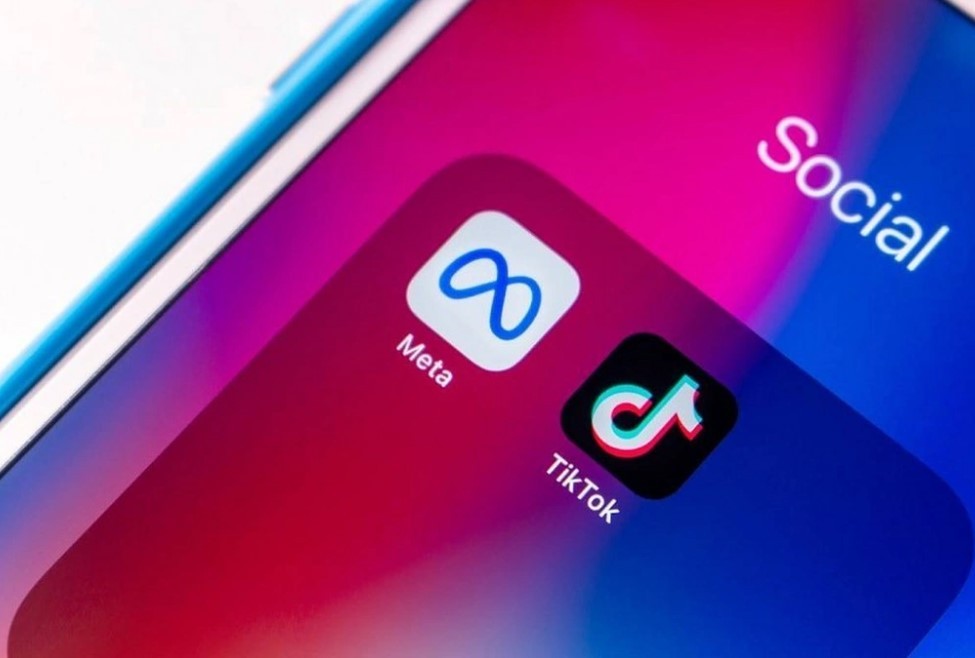Which Social Media Platforms Should I Use?
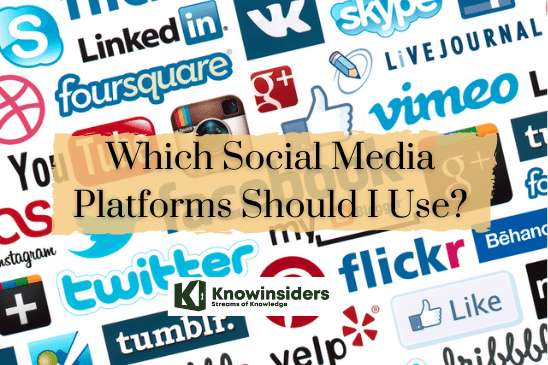 |
| Social media. Photo: KnowInsiders |
With so many social media channels out on the world wide web, it can be difficult to choose what works best for your business. Should you be on all of them? Do you have the budget and the resources needed to operate on several channels? Which types of social media sites are in alignment with your marketing goals? What type of social media users are you trying to reach?
Which Types of Social Media Should I Use?
1. Social Networks - Connect with people
2. Messaging Apps - Message privately
3. Photo/Media Sharing - Share photos, videos and more
4. Blogging & Publishing Networks - Long format content
5. Interactive Apps - Connect, create and share content
*****
List of Social Media You Should Use
1. Social Networks
The primary goal of social networks is to help you connect with people, build communities and groups, share ideas, interests, and information. What started as simple services, have now become a mandatory part of any social media marketing strategy. The benefits of using social networks to grow your brand in terms of awareness, relationship building, market research, lead generation et al, are endless!
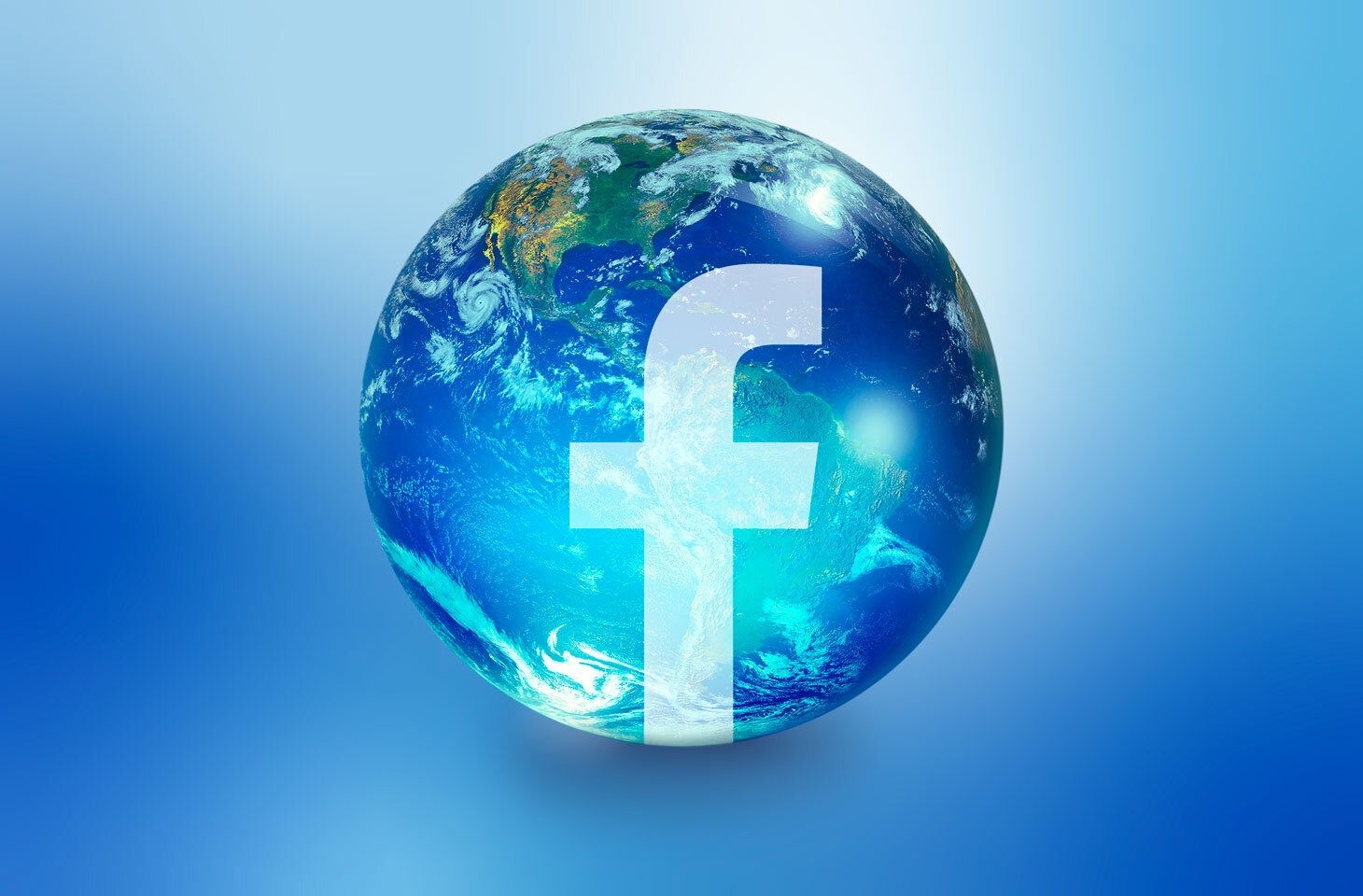 |
| Photo: Kaspersky |
This social media giant requires no introduction. With 2.7+ billion monthly active users, Facebook lets you connect with people and brands, create or join groups, share photos, videos, links, go live and find events nearby. It also has a marketplace that lets you buy and sell locally as well. Since Facebook was primarily created to connect people, brands have a tough time with visibility. But that can be compensated for if you have a good marketing budget as Facebook gives you the opportunity to create great ad campaigns.
For instance, in September 2020, GoPro launched the #GoProMillionDollarChallenge that asked its 10.9 million users to “capture meaningful moments” from their GoPro HERO9 Black and share it using the hashtag. The result was around 29,000 submissions from over 125 countries out of which, 56 of those submissions composed 2 minutes of a highlight clip with 668k views and still counting. The creators were awarded $17,857 each.
While you might not have that kind of marketing budget, the key takeaway here is that GoPro is still heavy on using user-generated content that fuels their page, appeals to their target audience and keeps them engaged.
If you’re new to Facebook ads, check out this step-by-step tutorial that will get you upto speed.
Read More: What is Social Media Management?
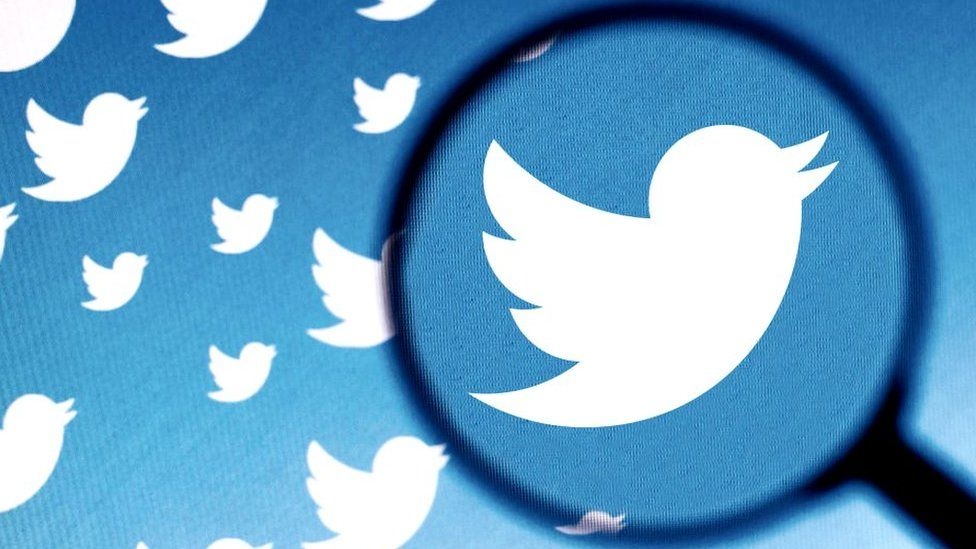 |
| Photo: BBC |
Twitter is a type of social media that lets you share text-based content, videos and images. Over the years, it has become a source to get the latest updates on any current topic including news, entertainment, sports and even politics. The real advantage of Twitter is that it lets you share content in real time. One drawback is the 280 character limit unlike most other sites that do not have this limit but it lets you keep your message short and crisp.
Twitter has currently become the go-to for customer service as you find people directly messaging brands for quick online resolutions. It’s a great way to build your brand image and show your consumers that you care. The international sports brand Nike created an account @NikeService that responds to customer queries in English, Spanish and French, even providing real time updates.
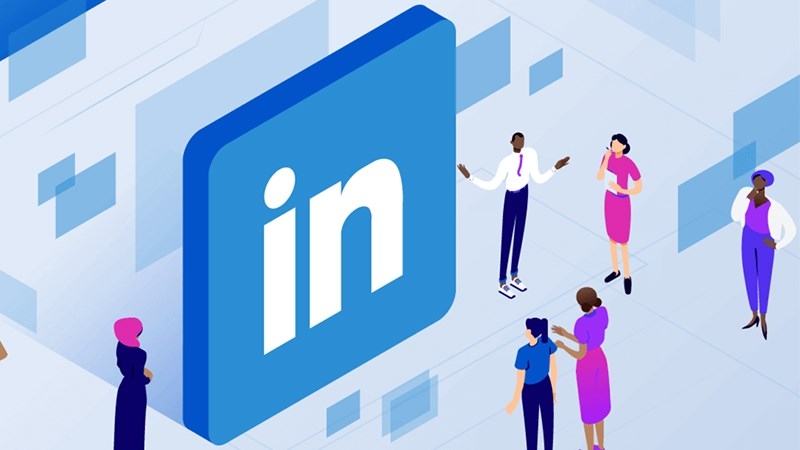 |
| Photo: Thegioididong |
It is not all about searching for a job or uploading your resume for prospective job hunters. This professional social media site lets you share content in the form of text, links, photos or videos, network by connecting with users and businesses, build your brand and position yourself as a thought leader and authority in your industry.
For instance, when you head over to HP’s page, you know exactly who they are and what they do. They’ve kept things fresh with their visual content, even while sharing a job posting.
 10 Most Popular Social Networks In The World 10 Most Popular Social Networks In The World Social media has changed the world. Check out the top 10 most popular social networks by Monthly Active Users right below! |
2. Messaging Apps
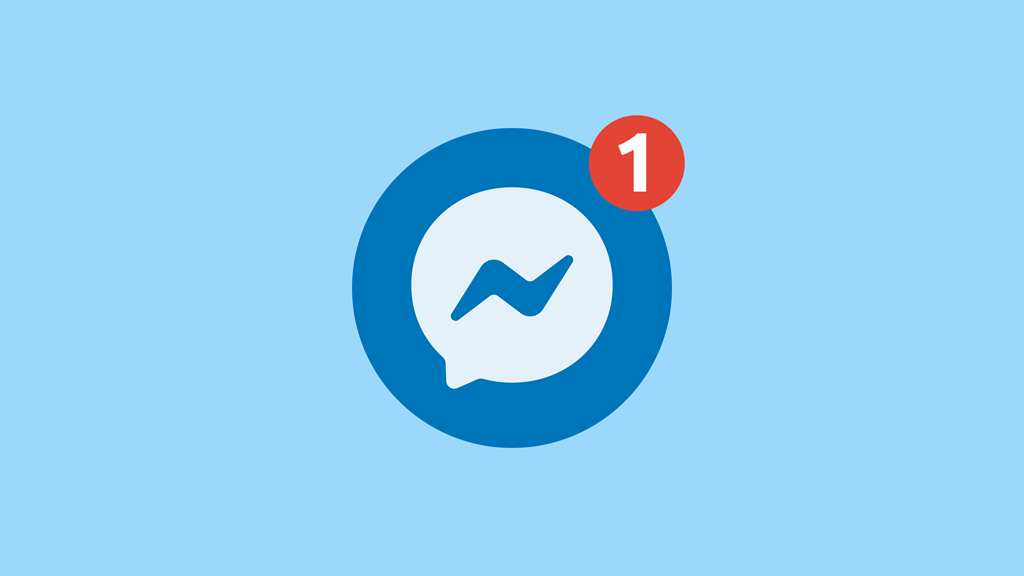 |
| Photo: Bnews |
We’ve all been guilty of forwarding a joke or a meme through WhatsApp or a quick sticker exchange on WeChat but these types of social media apps have evolved to be more than just a way to share text messages. With features for calling, creating groups, broadcasting messages to multiple users, exchanging money and the option of creating chatbots, messaging apps could help your business in more ways than one.
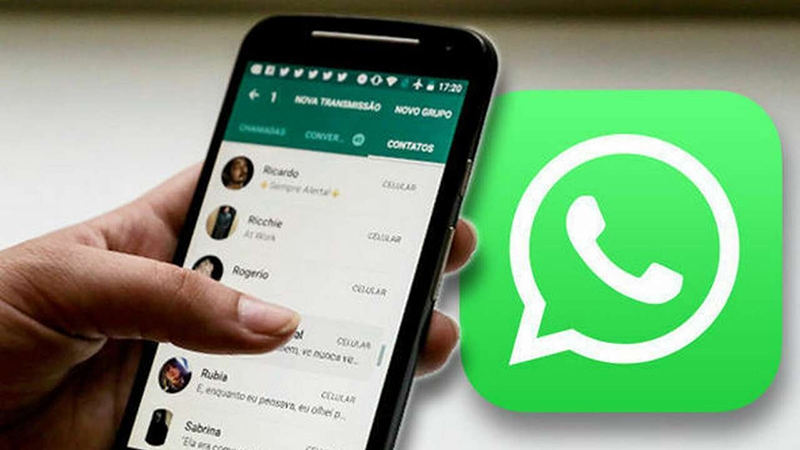 |
| Photo: Thegioididong |
WhatsApp is a messaging app used by people in over 180 countries. Initially, WhatsApp was only used by people to communicate with their family and friends. Gradually, people started communicating with businesses via WhatsApp. (When I was in Bangkok to buy a new suit, I communicated with the tailor via WhatsApp.)
WhatsApp has been building out its business platform to allow businesses to have a proper business profile, to provide customer support, and to share updates with customers about their purchases. For small businesses, it has built the WhatsApp Business app while for medium and large businesses, there’s the WhatsApp Business API. Here are some stories of how businesses have been using WhatsApp.
Messenger
 |
| Photo: Bnews |
Messenger used to be a messaging feature within Facebook, and since 2011, Facebook has made Messenger into a standalone app by itself and greatly expanded on its features. Businesses can now advertise, create chatbots, send newsletters, and more on Messenger. These features have given businesses a myriad of new ways to engage and connect with their customers.
If you are thinking about using Messenger for your business, here are seven ways you can use Messenger for your marketing.
 |
| Photo: CGTN Europe |
WeChat grew from a messaging app, just like WhatsApp and Messenger, into an all-in-one platform. Besides messaging and calling, users can now use WeChat to shop online and make payment offline, transfer money, make reservations, book taxis, and more.
WeChat is most popular in China and some parts of Asia. If you are doing business in those areas (where social media platforms like Facebook are banned), WeChat could be a good alternative.
3. Photo & Media Sharing Apps
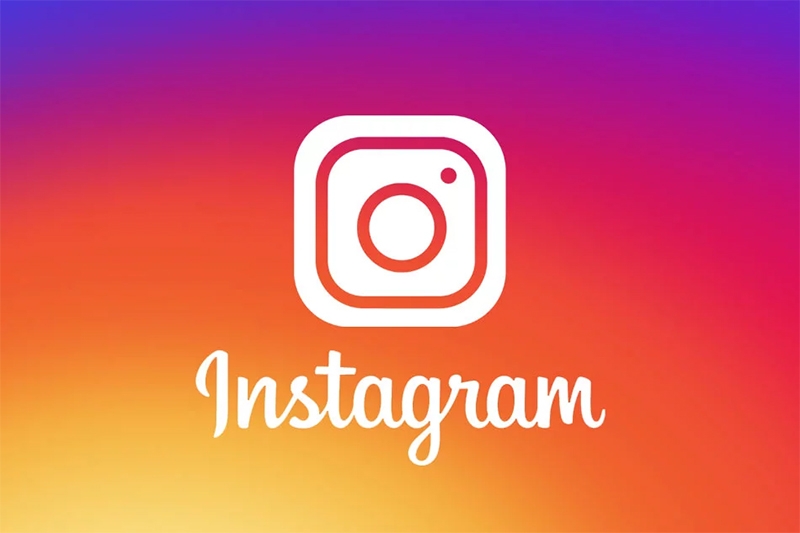 |
| Photo: Thegioididong |
What started out as just a picture sharing site has now culminated into a media sharing giant. Through Instagram, you can share photos, videos, and stories with a myriad of different filters which you can save as Highlights under your bio. You can also publish 30 second vertical videos called Reels, post on IGTV for long format video content and even go live!
It also lets you connect your account to Facebook, Twitter and other social media apps and cross share your content directly. You can even connect privately with other users through direct messaging.
As a brand, you can create an Instagram Business Profile and get analytics for your posts to improve your marketing strategy. What’s more? You can even advertise and promote your posts via Facebook Business Manager or boost posts directly through the app.
FitBit’s posts currently excel at delivering a mix of great, clean visuals, information and adding value to their community of followers in the form of health tips, fitness hacks and self-care.
Imgur
 |
| Photo: The Verge |
Launched in 2009, Imgur (pronounced image-ur) is an image and GIF sharing media network that lets you create and browse visual content that mainly consists of memes. There are no ‘friends’ or ‘followers’ on Imgur, just users, and the content on Imgur is promoted via upvotes by its users. Content that is found to be of little value, is downvoted. This democratic approach to content is what makes Imgur a very niche community.
To crack this niche community, mostly made of millennial men belonging to the age group between 24-36, Imgur pairs its in-house creative team with advertisers to ensure the message is well-suited for the platform. For instance, eBay experimented on Imgur, where, instead of directly selling their product, they shared Father’s Day gifting ideas that paired videos and photos of drones with product links to their site. The ads were successful because they were not heavily branded.
YouTube
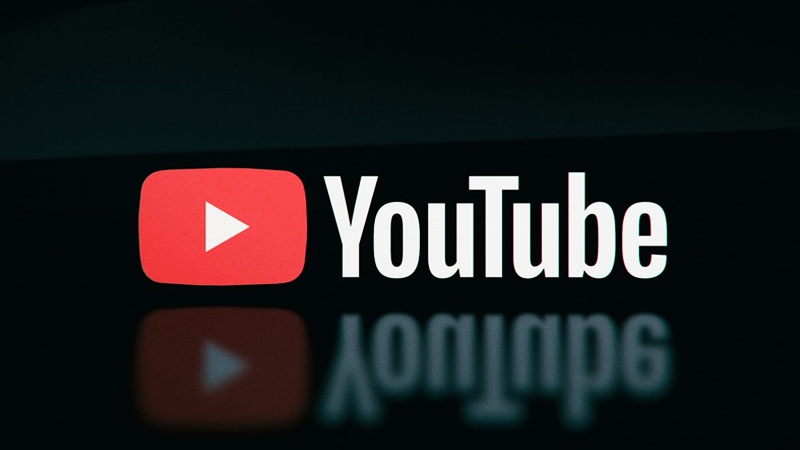 |
| Photo: CellphoneS |
Most people have heard of YouTube and have probably watched many videos using this platform. YouTube has widespread use among all US adults, ranking it higher than Facebook. In the US, 73% of adults use the video streaming platform, as video content continues to grow, establishing your YouTube presence is a priority just like any other social channel.
YouTube like other social media platforms is based on visual content, but Google owns YouTube which will give you access to Google’s advertising platform. You can use this to your advantage when running YouTube ads.
Just like Google you want to have your videos using the proper keywords. Optimize your search rankings by including searched keywords in your title, video description and a list of keywords in the keyword tool.
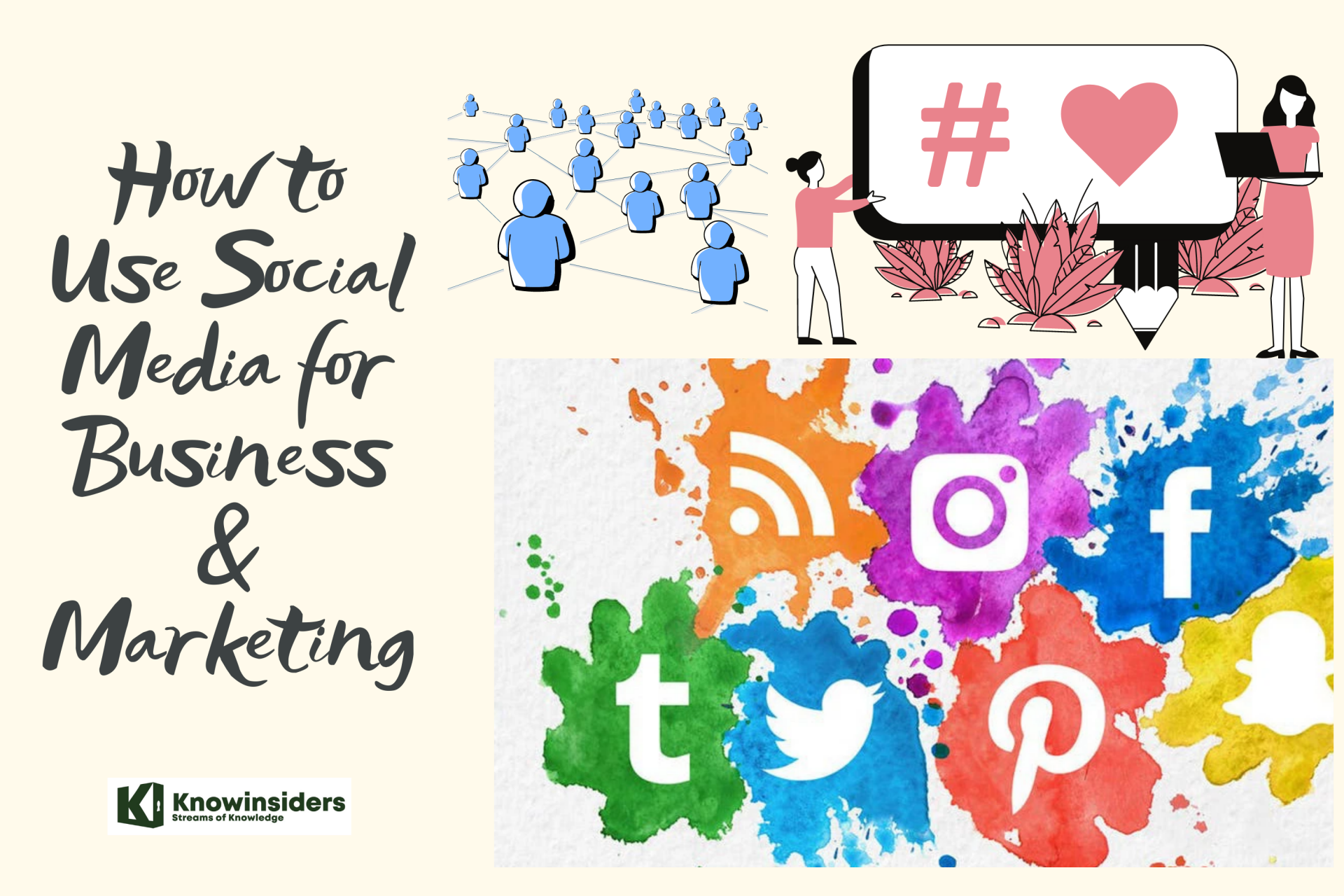 How to Use Social Media for Business & Marketing How to Use Social Media for Business & Marketing Social media allows even the smallest business to interact with the wider world. Check out this article or dive into how to use social media ... |
Vimeo
 |
| Photo: Business Insider |
Vimeo is a video sharing platform that provides businesses with tools they need to create, share and market high-quality videos. It offers you a more community driven audience that prefers quality and shares valuable inputs. You also don’t have to worry about pre-roll ads because Vimeo doesn’t allow it. It has great customizable options and good audio-video quality. By subscribing for their paid packages, you can access premium features that include technical support, using a custom player logo, powerful analytics et al.
If you’re new to video marketing and have little expertise, a paid Vimeo account can offer you personalized support from their team. It also offers you very specific privacy options which can be quite useful if you want to embed your video on just one site, password protect it or adjust viewer permissions. If you have videos that are very specific to your brand like introductions, explainers, product videos or testimonials, Vimeo is the way to go, given the quality and customizations it offers.
4. Blogging & Publishing Networks
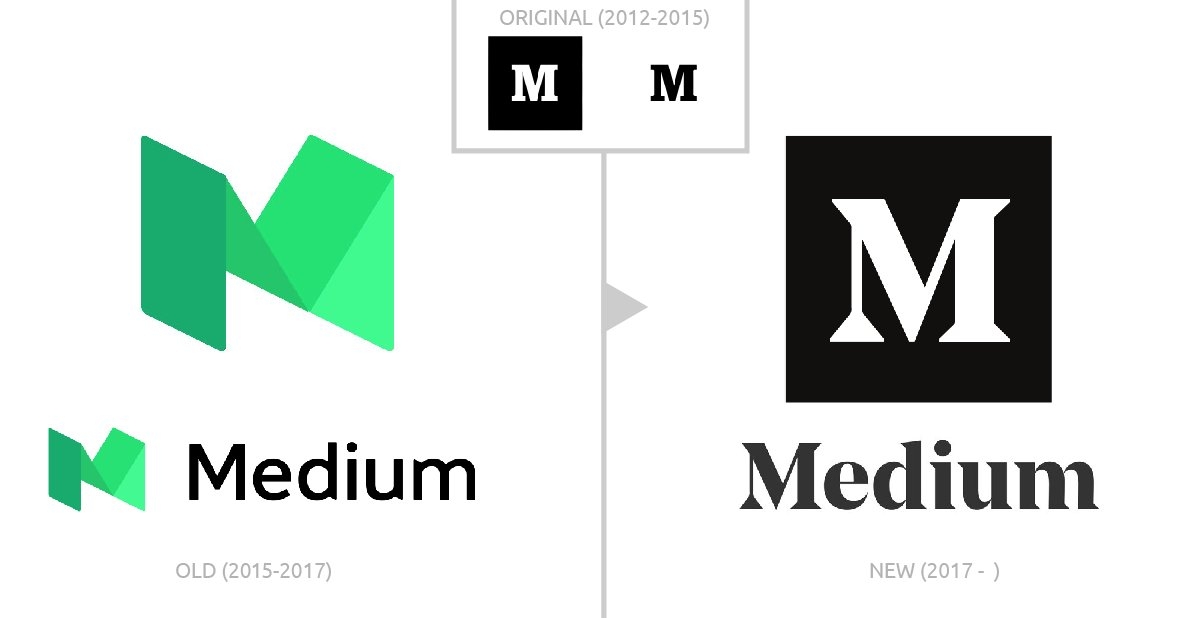 |
| Photo: Twitter |
If your business does not have a blog, you might want to consider getting one. Having a tight content marketing strategy enables you to establish yourself as a thought leader by carving out a niche of readers who find value in your content. More so, it can help you with SEO, increase awareness about your business by sharing insights and knowledge as well as generate content you can cross-promote on other social media channels such as Facebook and LinkedIn. A blog can become the backbone of your content marketing strategy.
If you choose to host on your website, Wordpress is your best option. You can build a truly customized website that speaks your brand language. With the option of various plugins, you can drive the engagement you want without worrying too much about server management and the tedious backend checks.
If you choose to host your blog independently, then Tumblr and Medium are definitely the types of social media you should go for. Tumblr is a microblogging website that lets you post multimedia and other content such as text, quotes, links, chats and even audio to a short-form blog that other users can discover and share. Posts here can be liked, commented on and reshared. Tumblr is a great website if you’re looking to publish less wordy, entertaining content that appeals to a younger audience.
Medium, unlike Tumblr and Wordpress, is a publishing platform that means business. It isn’t flexible in design as all you’ll get is your own profile and the formatting options are limited unlike Wordpress. The real advantage with Medium is the visibility. Albeit, it is not free, but it ranks much higher in search engines and has a more premium appeal due to the quality of content and the writers it hosts.
5. Interactive Apps
Snapchat
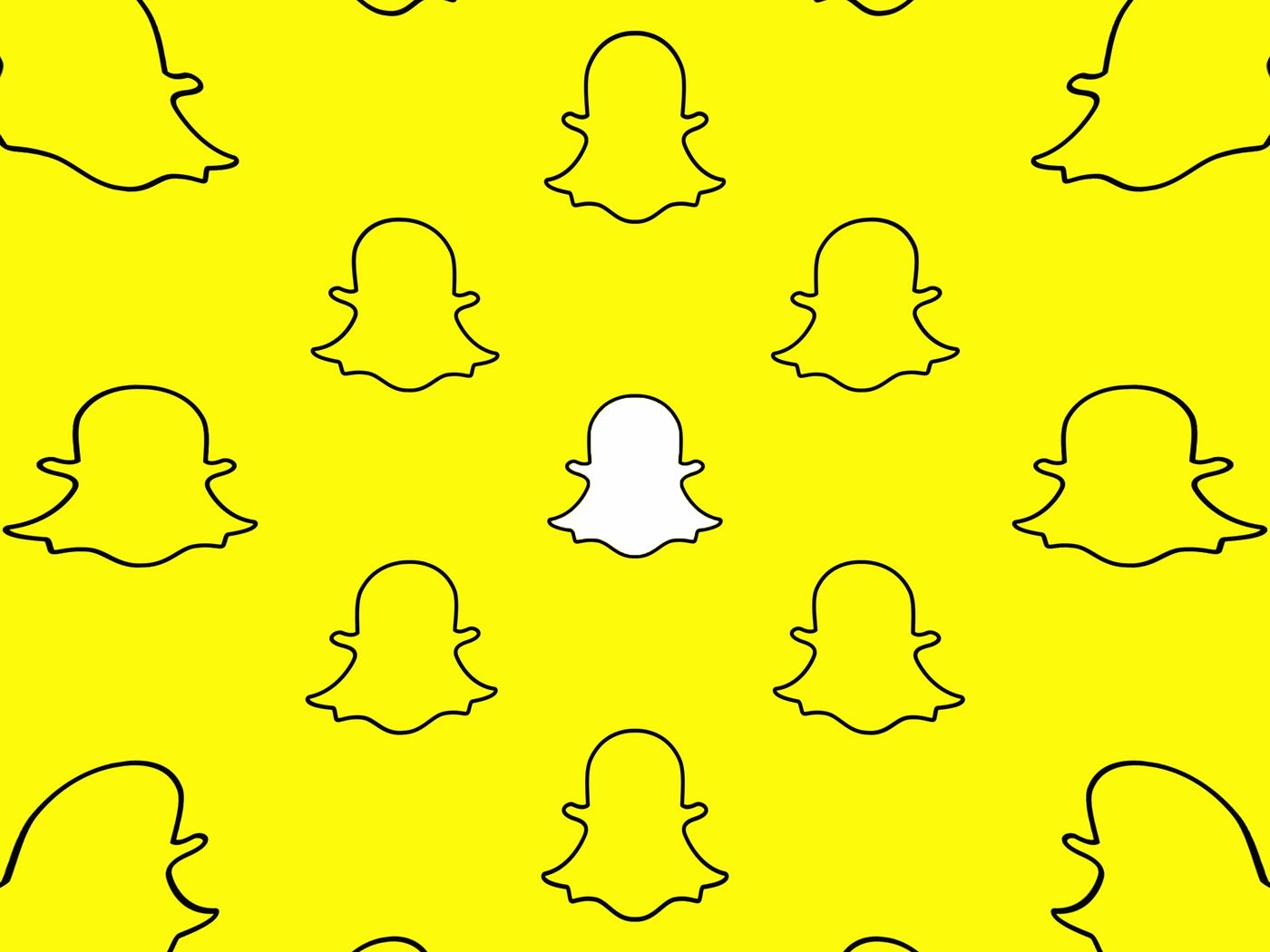 |
| Photo: The Verge |
Snapchat is a social media app that focuses on sharing photos and short videos (as known as snaps) between friends. It made the Stories format popular, which eventually proliferated on other social media platforms like Instagram. But the rise of Instagram Stories seemed to have hindered Snapchat’s growth and marketers’ interest in using Snapchat for their brands in general.
If you are not familiar with Snapchat, here’s our beginner’s guide to Snapchat. Or if you are undecided between Snapchat and Instagram, we wrote a little comparison of Snapchat and Instagram for brands.
TikTok
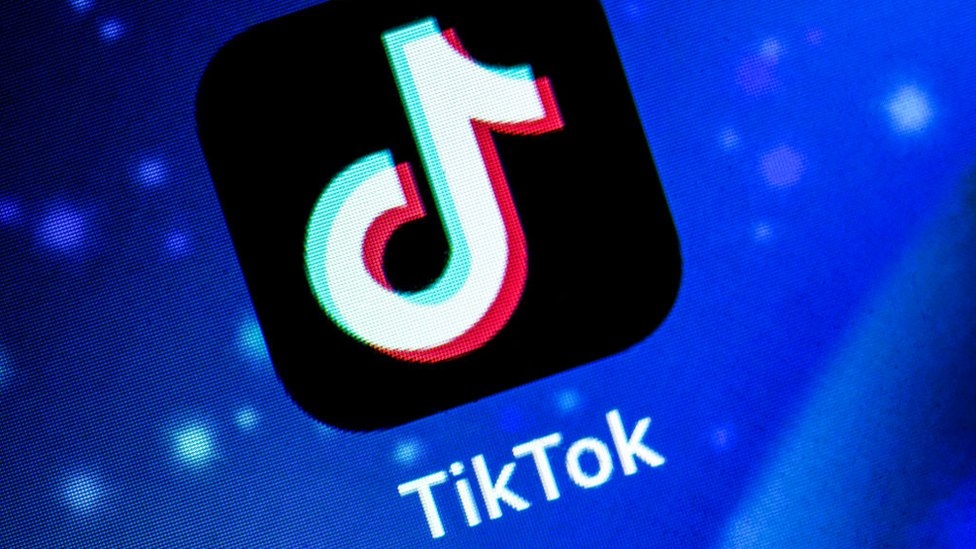 |
| Photo: BBC |
TikTok is new to the social media arena that was launched in 2018 and is quickly gaining users. TikTok has over a billion users with 500 million monthly active users. It has surpassed older platforms such as Twitter, LinkedIn, and Snapchat.
TikTok is an app that users create their own 15 second video clip and share it. There have been clips that have received millions of views. Like the video of blue spaghetti, the clip showed spaghetti noodles boiling in blue colored water and then the final product – blue spaghetti noodles. This video received over 1 million views in less than 24 hours.
TikTok does not have a way to advertise yet, the only way is using influencers, those with large followings. But with your own creative video clips you have the potential to have your business in front of the hard to reach Gen Z.
What is Social Media Used For?Individuals use social media to express themselves, discuss their interests, connect with friends, and grow their careers. Different social media platforms are used for specific purposes. For example, expressing creativity is most common on TikTok or Instagram; promoting one's career is common on LinkedIn. The list of social media platforms is growing, and well-known platforms like Facebook are always evolving and adding new features. With a greater and greater need for a social presence and an overwhelming amount of platform choices, it can be hard to pick which social channels to use. You might not want to spread yourself too thin by managing a channel on every imaginable platform, but you also don’t want to miss great brand-awareness opportunities. To help you make informed decisions about which platforms to use, this post will guide you through some of the core types of social media, examples of platforms within each category, and the pros and cons that each type might present. By the end, you should have a much clearer idea of what kind of social media strategy will work for your business. |
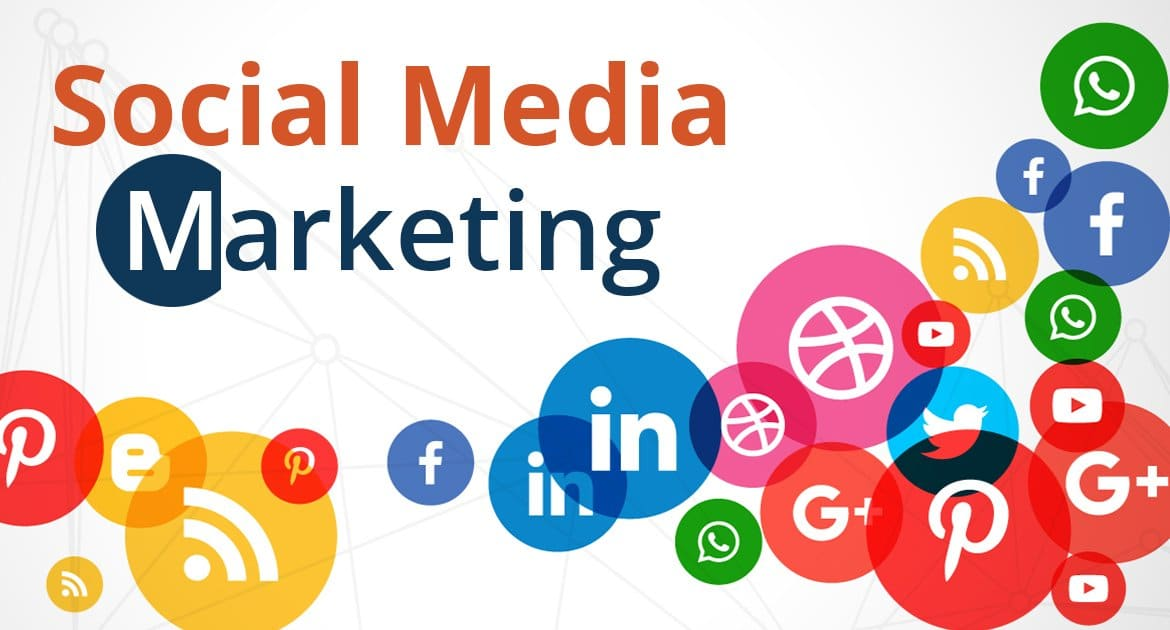 What Is Social Media Marketing: Definition, Strategies,Advantages and Disadvantages What Is Social Media Marketing: Definition, Strategies,Advantages and Disadvantages Social Media Marketing is one of the most important parts that you need to understand if you want to expand your business and let others ... |
 How to Use Social Media for Business & Marketing How to Use Social Media for Business & Marketing Social media allows even the smallest business to interact with the wider world. Check out this article or dive into how to use social media ... |
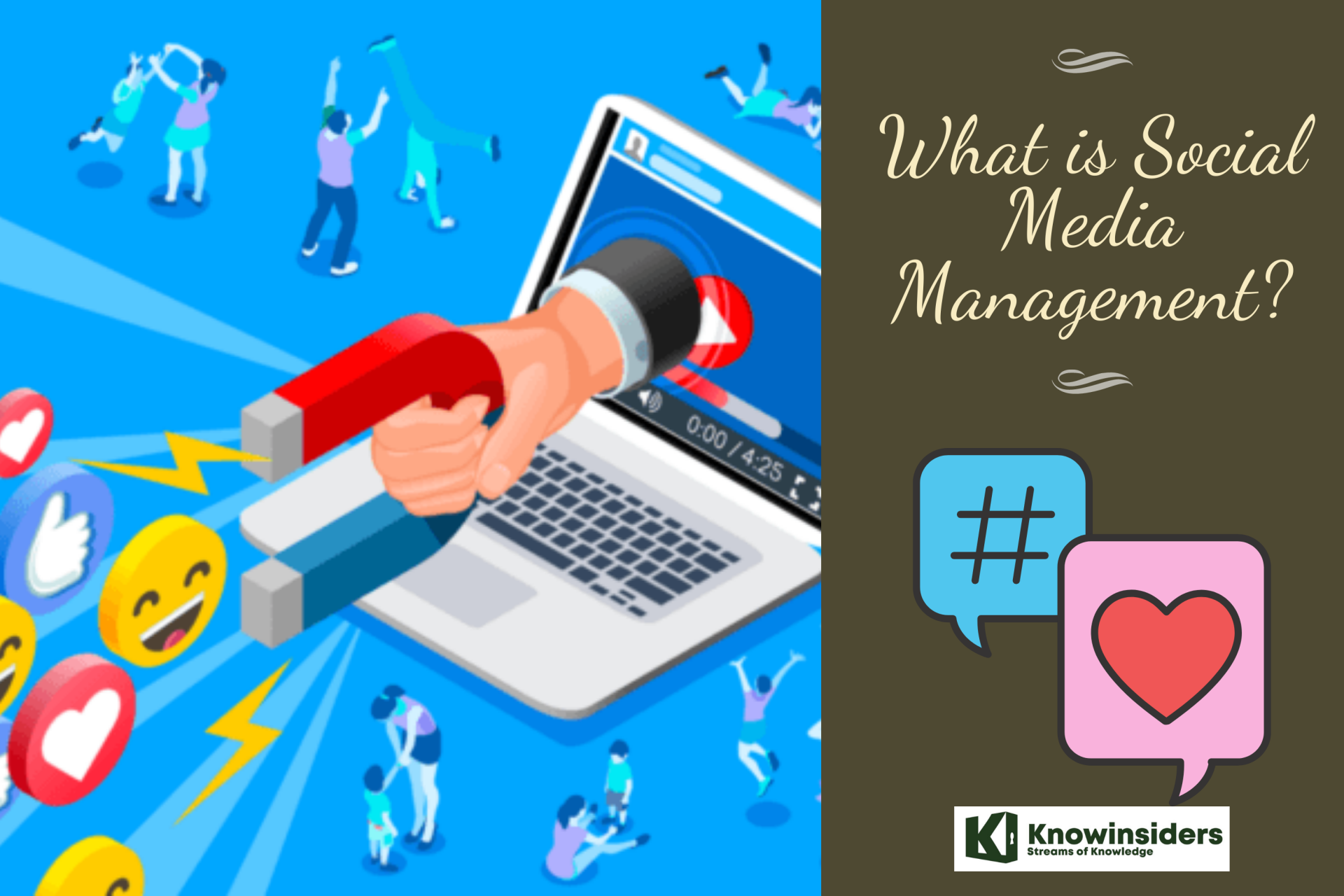 What is Social Media Management? What is Social Media Management? Social media management tools and services are designed to make marketing easier, which ultimately increases profits, especially for small businesses. Check out this article to ... |

